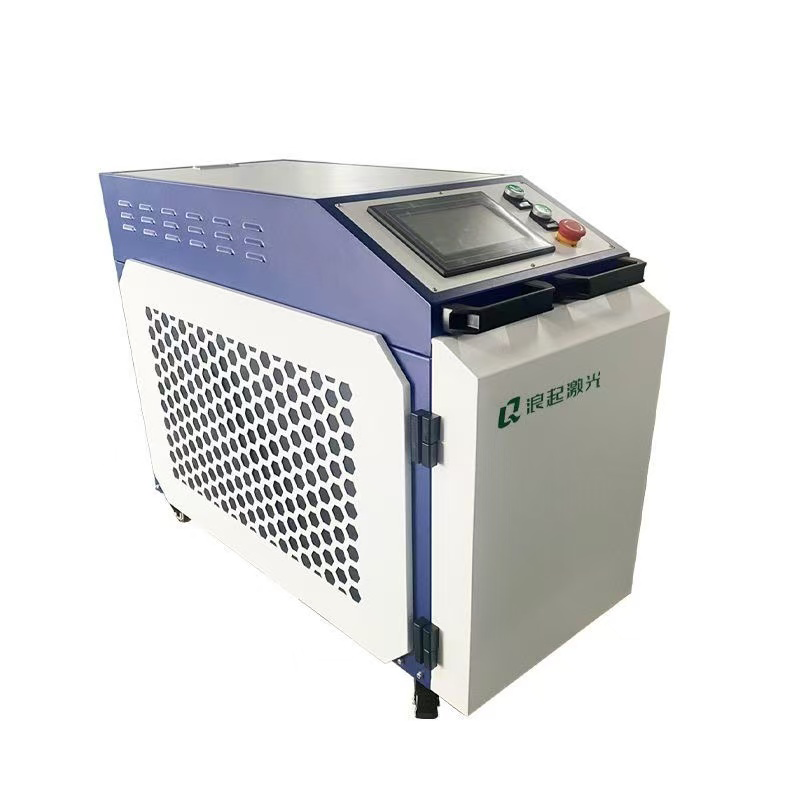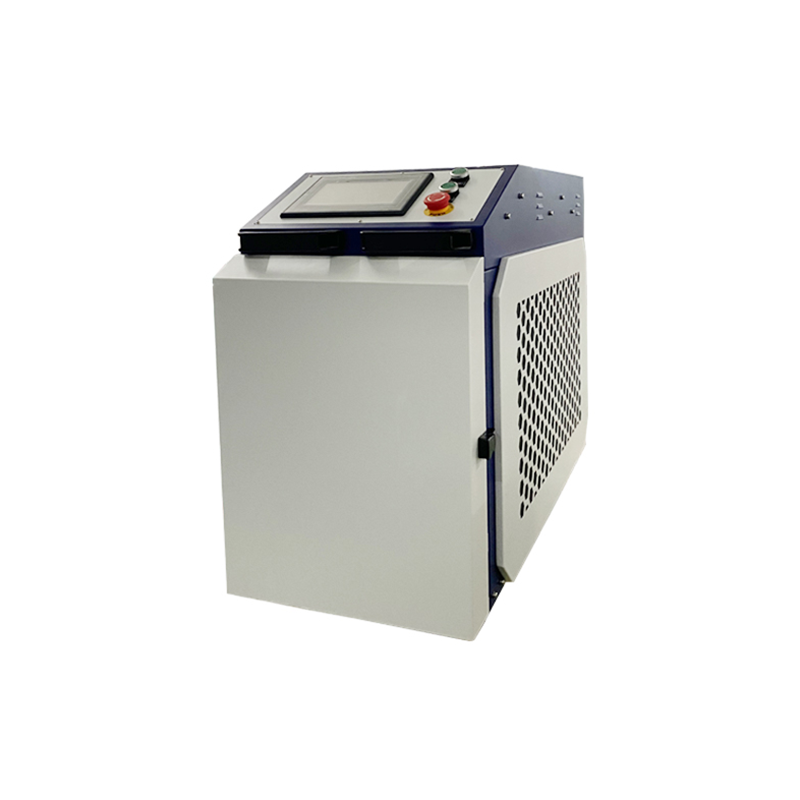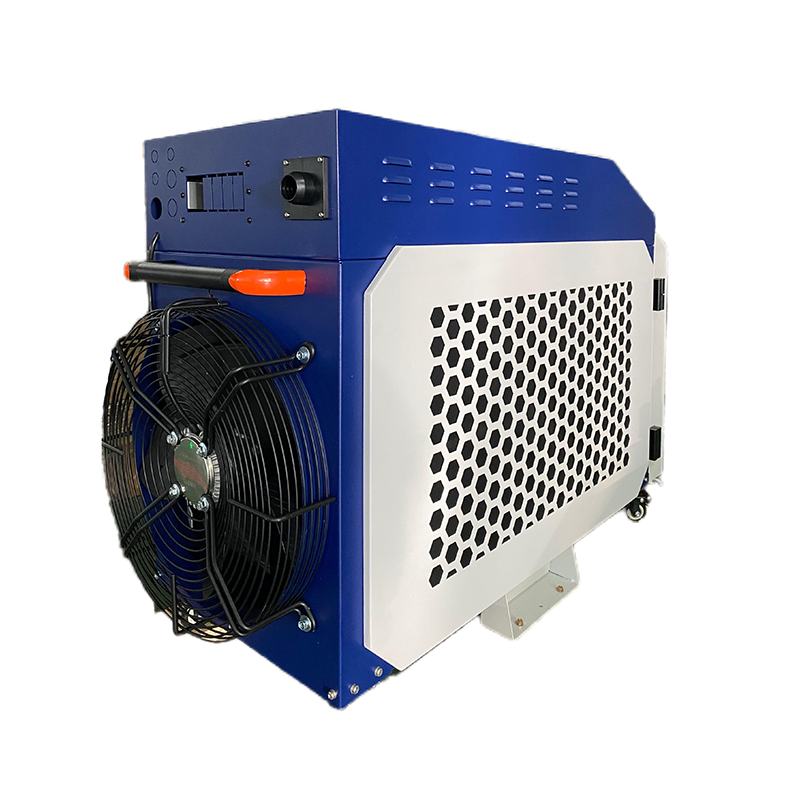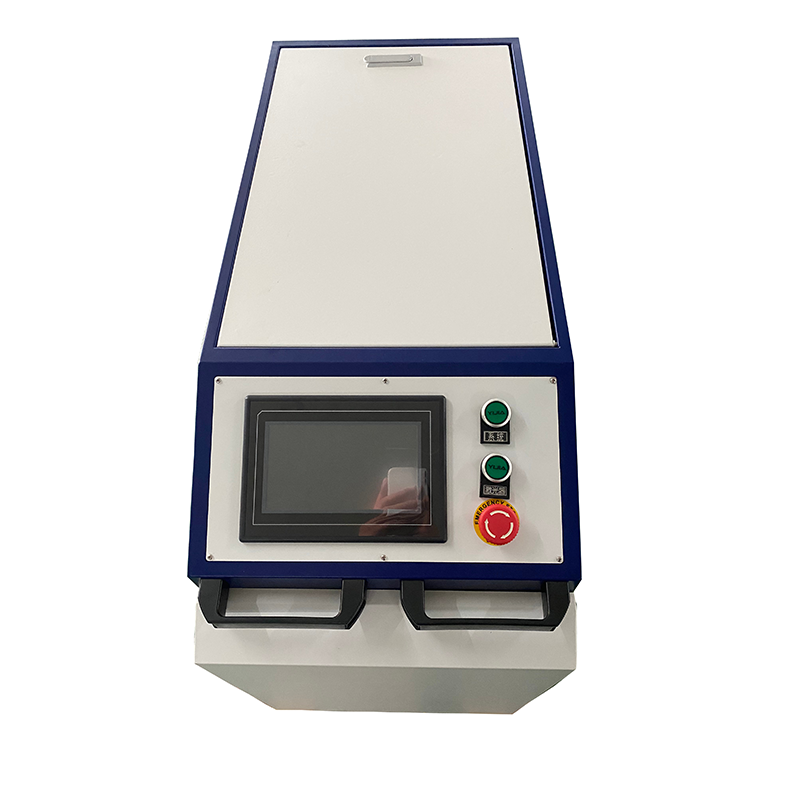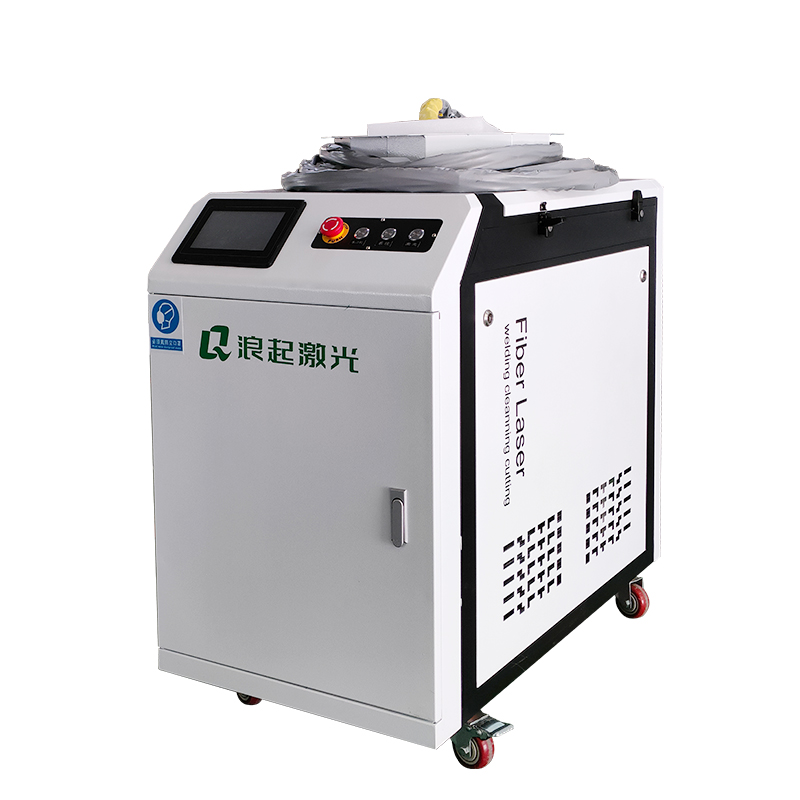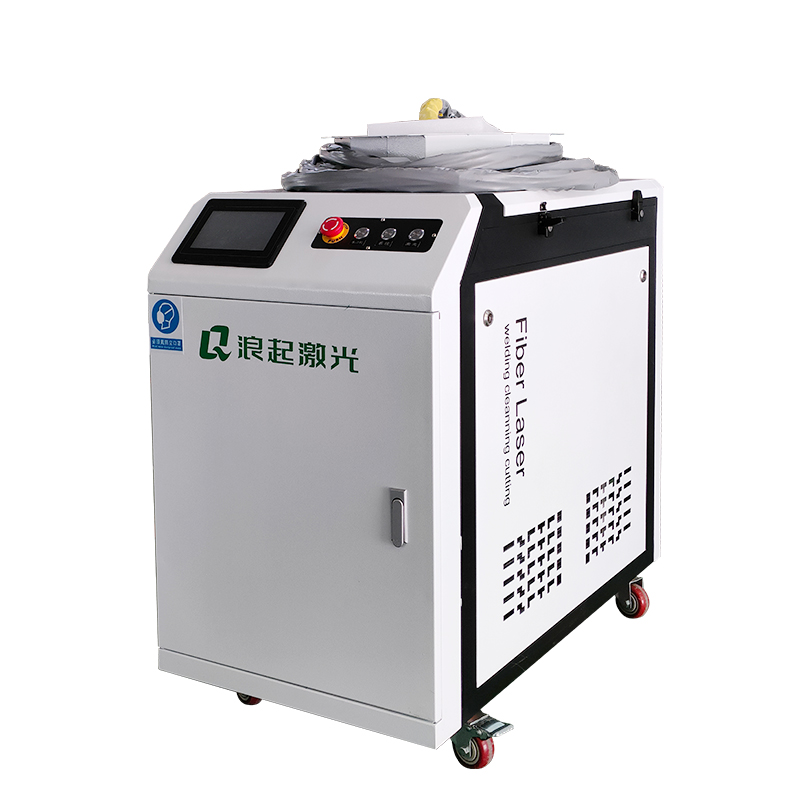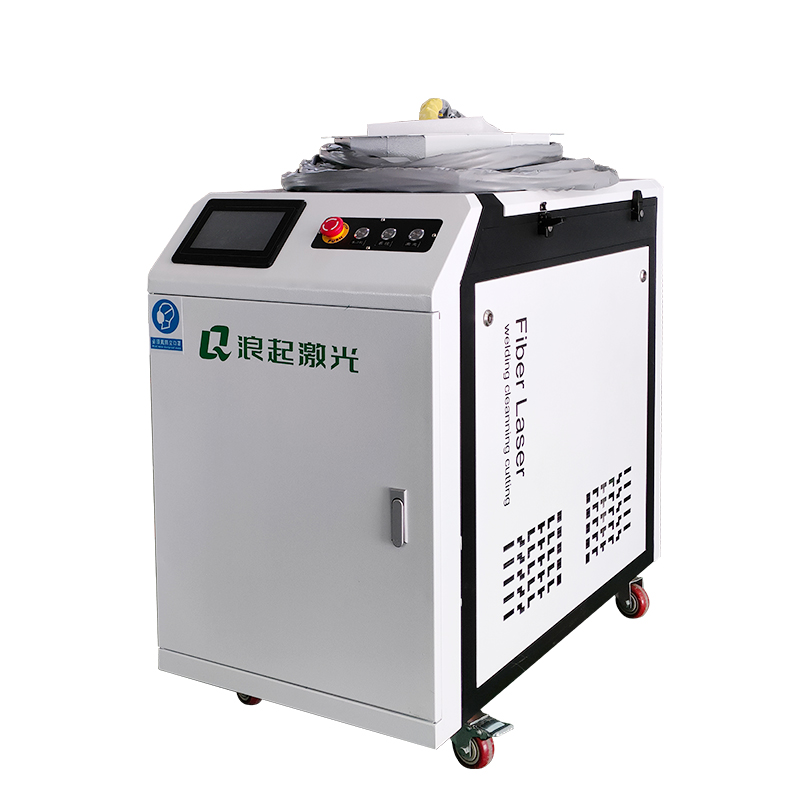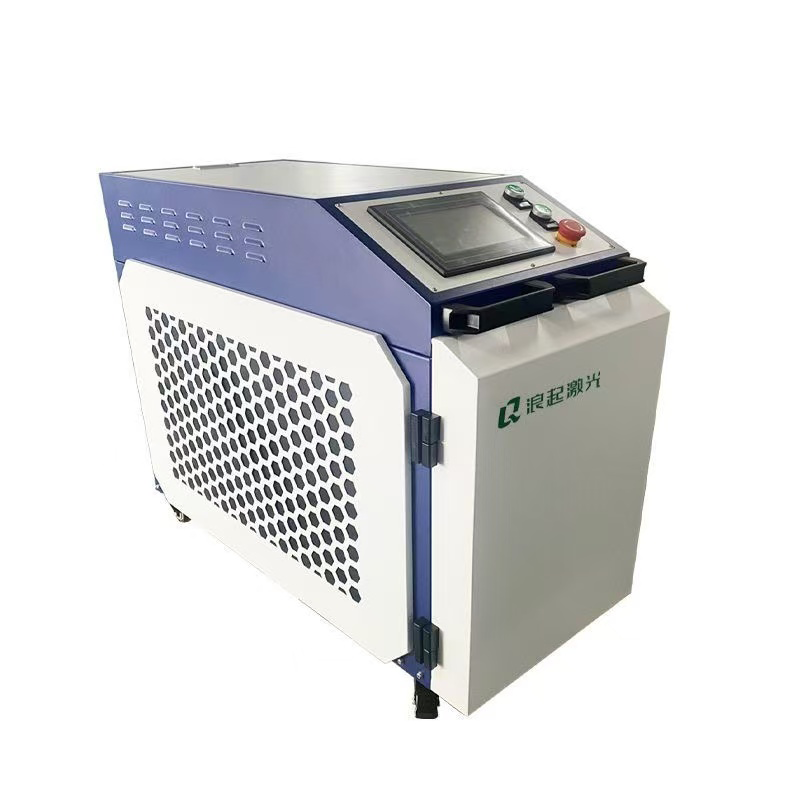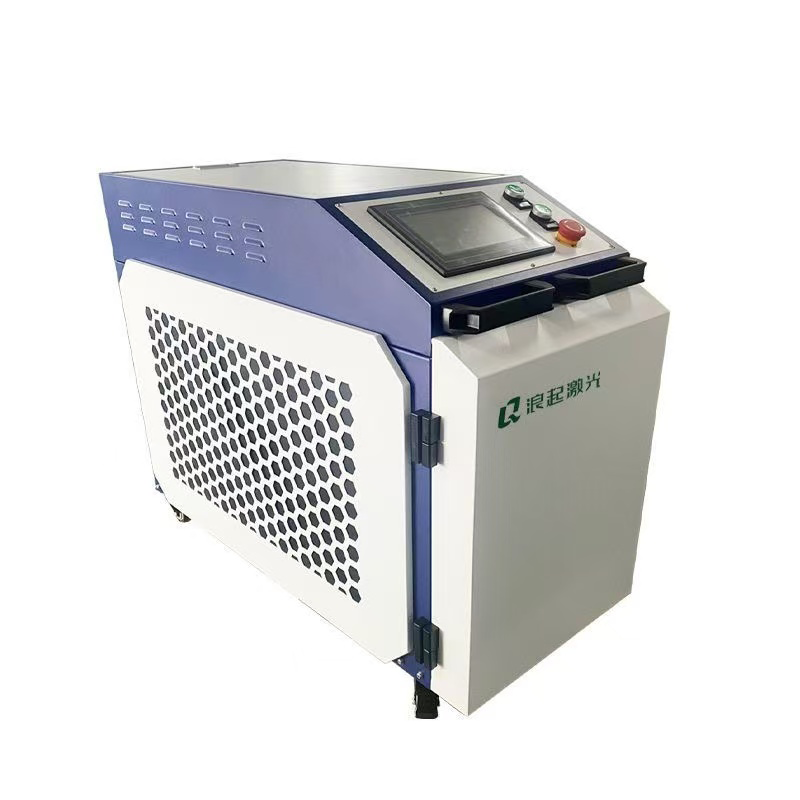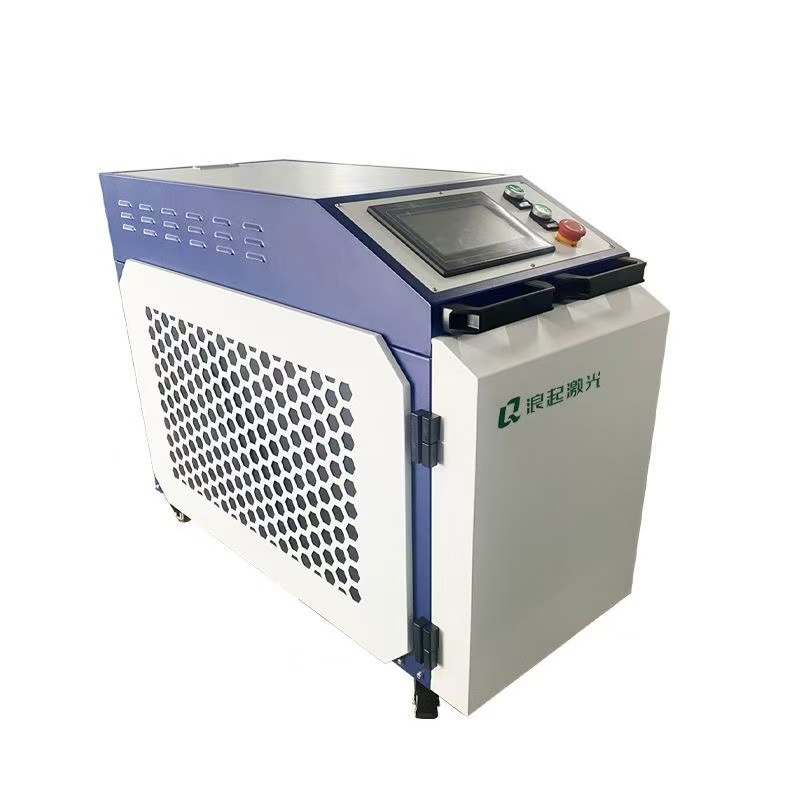Of course. That phrase is a great, concise description of a specific and powerful industrial cleaning process. Let's break it down and expand on it to create a comprehensive overview.
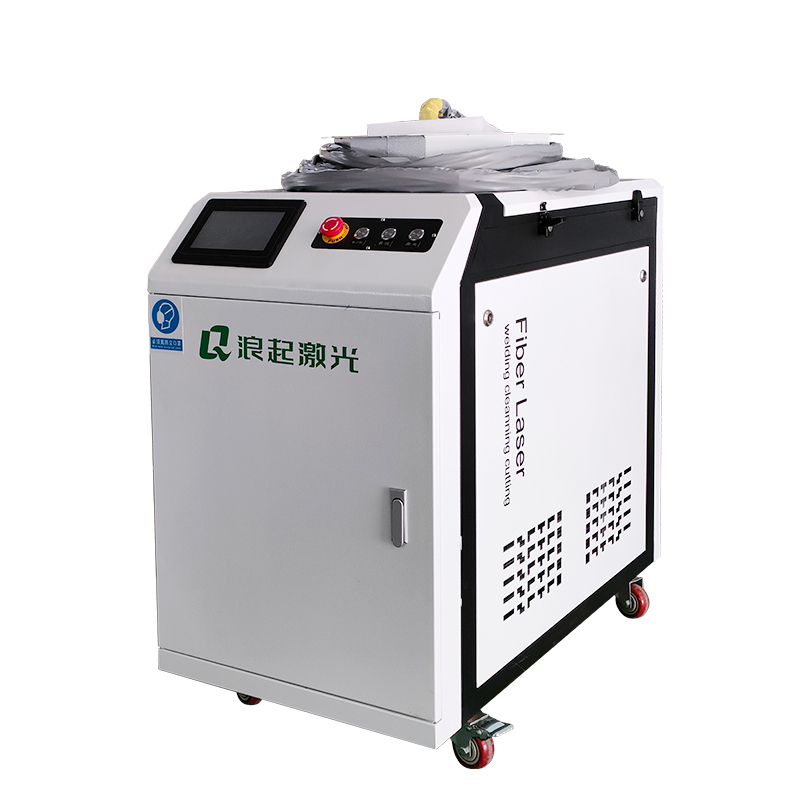
The Complete Picture: Fiber Laser Rust Removal
What you've described is a Fiber Laser Cleaning Machine being used for the specific task of removing rust and stains from metal surfaces. It's a cutting-edge technology that is rapidly replacing traditional methods like sandblasting, chemical baths, and wire brushing.
Here’s a detailed explanation of how it works and why it's so effective.
1. The Core Technology: How It Works
The process is based on the principle of laser ablation.
The Laser: A high-power, pulsed fiber laser generates a concentrated beam of light.
The Interaction: This laser beam is directed onto the rusty surface. The crucial point is that the rust (the contaminant) absorbs the laser energy much more efficiently than the underlying base metal.
The "Ablation" Effect: The rust layer rapidly heats up, vibrates, and turns into plasma or fine dust, effectively being "vaporized" off the surface.
The Result: The contaminants are ejected from the surface and are removed by an integrated vacuum/fume extraction system, leaving behind a clean, intact base metal.
Key Takeaway: The base metal remains largely unaffected because it reflects most of the laser energy, while the rust absorbs it and is destroyed. This makes it a non-abrasive, non-contact process.
2. Why It's Superior for "General Rust Stains"
Compared to traditional methods, fiber laser cleaning excels in several ways:
| Feature | Fiber Laser Cleaning | Traditional Methods (Sandblasting, Chemicals) |
|---|---|---|
| Substrate Damage | Minimal to None. Preserves the original surface profile and integrity. | High. Can remove base material, cause pitting, or warp thin metals. |
| Precision | Extremely High. Can clean specific patterns, welds, or intricate details without affecting surrounding areas. | Low. Blast media and chemicals affect everything they touch. |
| Environmental | Clean & Green. Only produces fine dust (captured by a filter). No chemicals, no secondary waste. | Dirty. Hazardous chemical waste or contaminated blast media requiring disposal. |
| Operating Cost | Low. Only consumes electricity. No recurring cost for media or chemicals. | High. Continuous cost of sand, soda, chemicals, and disposal. |
| Automation | Excellent. Easily integrated with robots and CNC gantries for large or complex parts. | Difficult. Messy and hard to automate consistently. |
| Operator Safety | Safer. When used with proper safety gear (enclosures, interlocks, laser goggles). | Hazardous. Silica dust, chemical fumes, and high noise levels. |
3. Common Applications (What "Moving Machine" Refers To)
The "Moving Machine" part implies the laser is often part of an automated or handheld system that moves over the target. This is used for:
Weld Seam Cleaning: Removing oxidation and heat tint from TIG and MIG welds for a perfect, clean finish before painting or powder coating.
Pre-Weld Preparation: Cleaning rust and oxides from joint areas to ensure strong, high-quality welds.
Mold & Tool Maintenance: Restoring expensive injection molds and dies by removing rust and release agents without damaging the precision-machined surface.
Automotive & Aerospace Restoration: Perfect for delicately removing rust from classic car bodies, aircraft components, and engine parts without thinning the metal.
Historical Artifact Restoration: The non-abrasive nature is ideal for cleaning statues, artifacts, and architectural metalwork without loss of detail.
4. Limitations to Consider
While powerful, it's not a magic wand for every situation:
Initial Cost: The upfront investment for a fiber laser cleaning machine is significant.
Surface Reflectivity: Highly reflective surfaces like bare aluminum or copper can be more challenging, as they reflect the laser energy instead of absorbing it (though specialized settings can overcome this).
Safety Protocols: Requires strict safety measures, including specialized laser safety goggles, protective enclosures, and proper training to prevent eye and skin exposure.
Thickness Limitation: It is designed for surface cleaning. It cannot remove thick, scaled rust that has significant volume; mechanical methods are better for that initial heavy removal.
Conclusion
Your phrase, "Fiber Laser Rust Moving Machine Removing General Rust Stains," accurately captures a modern, efficient, and environmentally friendly industrial process. It's a technology that is revolutionizing surface preparation and restoration by offering a clean, precise, and controllable way to remove rust without damaging the valuable part underneath.

